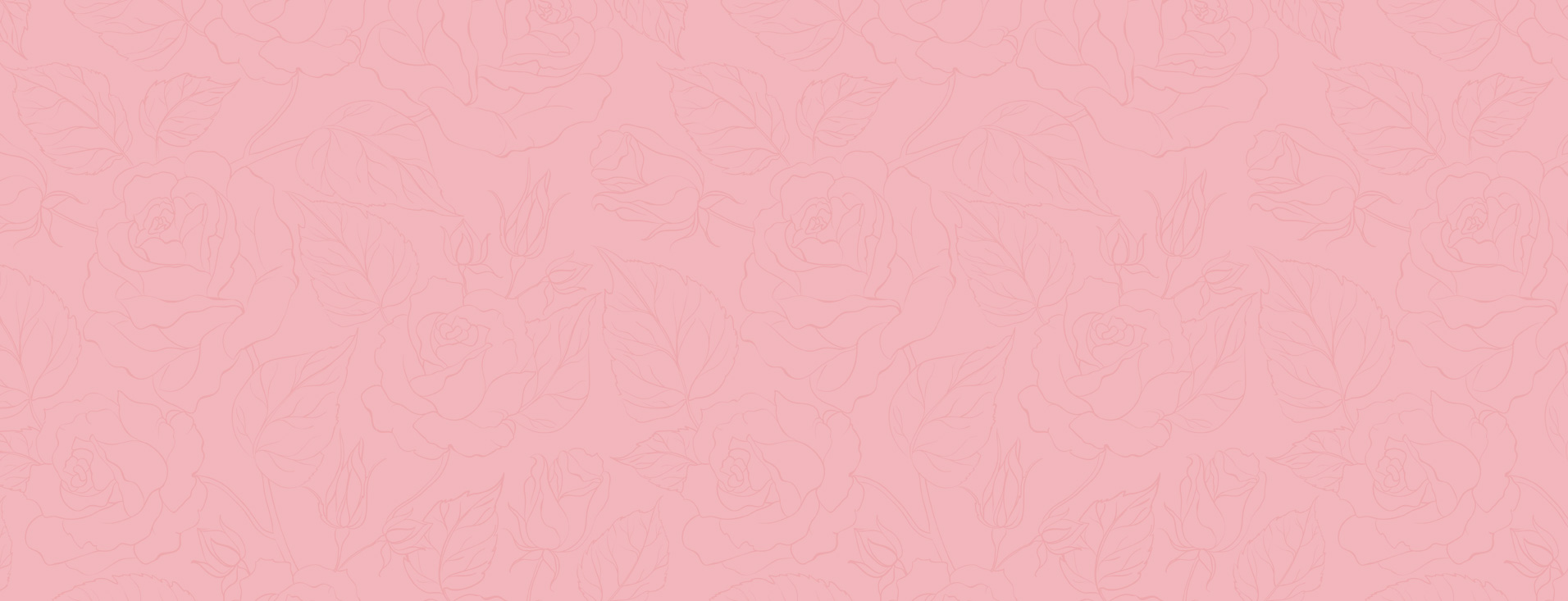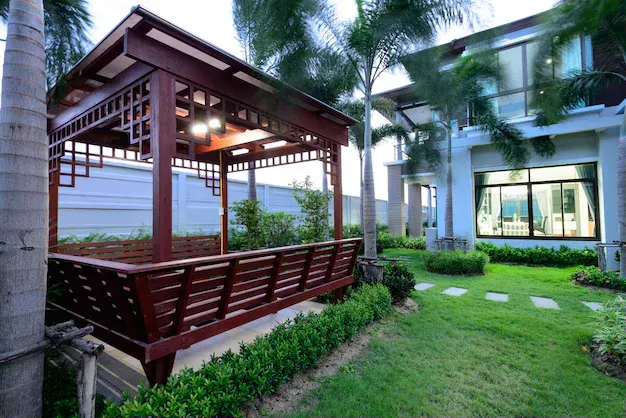
Home & Decor Blogs: DIY, Interior Design & Lifestyle Ideas
Outdoor Design 101: How to Match Shade Structures With Your Space

Designing an outdoor space goes beyond picking furniture and calling it done. Your shade structure defines comfort, mood, and visual flow in ways that furniture alone never achieves. The wrong shade choice creates awkward proportions, blocks views, or simply doesn’t provide the coverage and flexibility your lifestyle actually needs.
Choosing the right one depends on architecture, usage, and climate factors that vary dramatically between homes and regions. What works perfectly for one property might look completely wrong or perform poorly on another despite similar basic needs. Understanding these variables prevents expensive mistakes that leave you stuck with shade that doesn’t work.
Whether you want a flexible retreat or a permanent statement piece, finding the right fit for your home and lifestyle means understanding the strengths of each outdoor structure. When design harmony and practical function work together, you create a space that looks intentional, feels comfortable, and serves your needs for years—without regret or the urge to replace poor choices.
Assessing Your Space: Size, Layout, and Sun Direction
Available square footage determines which structures fit proportionally without overwhelming yards or looking insignificant relative to home size. Small patios can’t accommodate large pergolas without dominating spaces, while expansive decks need substantial coverage preventing structures from appearing inadequate. Measuring carefully and visualizing structures at proper scale prevents size mismatches that look wrong regardless of structure quality.
Traffic patterns and furniture placement influence where shade makes sense and which structures interfere least with movement and activities. Permanent structures like pergolas need positioning that works year-round, while retractable awnings offer flexibility adapting to changing furniture arrangements. Understanding how you actually use outdoor spaces ensures shade enhances rather than complicates layouts.
Sun direction and intensity throughout days and seasons affect where shade provides maximum benefit without creating excessive darkness. South and west exposures need more coverage than north-facing areas receiving indirect light. Tracking sun patterns across seasons helps position structures blocking afternoon sun during peak heat while maintaining morning brightness that makes spaces pleasant.
Awnings: Ideal for Compact and Adjustable Coverage
Space efficiency makes awnings perfect for areas where permanent structures would consume valuable ground space or block views and circulation. Wall-mounted designs project shade without support posts, keeping patios and decks open for furniture and movement. This efficiency matters tremendously in smaller yards where every square foot of usable space counts toward overall functionality.
Retractable flexibility adapts to changing weather and preferences throughout days and seasons without commitment to permanent shade. Extend coverage during intense sun or hot afternoons, retract for stargazing or when cooler weather makes sun desirable. This versatility suits homeowners wanting options rather than all-or-nothing approaches that permanent structures impose.
Modern aesthetics with clean lines complement contemporary architecture better than ornate pergolas or temporary-looking canopies. Awnings integrate architecturally when colors and styles coordinate with home exteriors, creating cohesive designs rather than appearing like afterthoughts added without consideration for overall visual harmony that distinguishes thoughtful design from haphazard additions.
Canopies: Great for Flexibility and Seasonal Use
Portable options work perfectly for renters, temporary situations, or homeowners wanting seasonal shade without permanent commitments. Pop-up canopies move easily, adapting to different activities and locations as needs change. This mobility prevents the permanent consequences of poor placement decisions that fixed structures create when positioned poorly.
Budget-friendly entry costs make canopies accessible for immediate shade needs without major investments that awnings and pergolas require. Starting with temporary coverage lets homeowners experiment with placement and usage patterns before committing to permanent installations. This low-risk approach prevents expensive mistakes from premature permanent decisions based on assumptions rather than experience.
Event-specific coverage for parties, gatherings, or seasonal activities provides shade when needed without year-round visual impact. Setting up canopies for specific occasions then storing them keeps yards uncluttered while maintaining shade options for planned uses. This occasional-use approach suits homeowners who want shade sometimes but don’t need or want permanent structures affecting aesthetics always.
Pergolas: Perfect for Style, Longevity, and Open-Air Living
Architectural statements create focal points and define outdoor rooms in ways that retractable structures cannot match. Pergolas become signature features that organize yards and establish areas for specific activities like dining or lounging. This structural definition transforms undefined outdoor spaces into intentional outdoor rooms with clear purposes.
Permanent value adds substantial appeal to properties through improvements that feel integrated rather than temporary or easily removed. Well-designed pergolas enhance home architecture and create outdoor living spaces that increase property values. This investment quality makes pergolas worthwhile for homeowners committed to properties long-term and wanting permanent improvements.
Open-air ambiance with partial shade maintains connection to sky and surroundings while providing protection from intense direct sun. The balance between coverage and openness creates comfortable outdoor spaces that don’t feel enclosed or separated from nature. This airy quality distinguishes pergolas from solid-roof structures that feel more like rooms than outdoor spaces.
Conclusion
Pairing shade type with space needs requires considering size constraints, usage patterns, and architectural compatibility. Awnings deliver efficiency and flexibility, canopies provide affordable versatility, while pergolas offer permanent style and structure. Emphasizing design harmony and long-term usability ensures choices serve both aesthetic and functional needs.
Choosing wisely means outdoor spaces that work beautifully for years rather than creating regrets from mismatches between structures and actual needs. Taking time to assess thoroughly before purchasing prevents expensive mistakes from decisions made without understanding how different shade options affect spaces, lifestyles, and home aesthetics in practical daily use.
